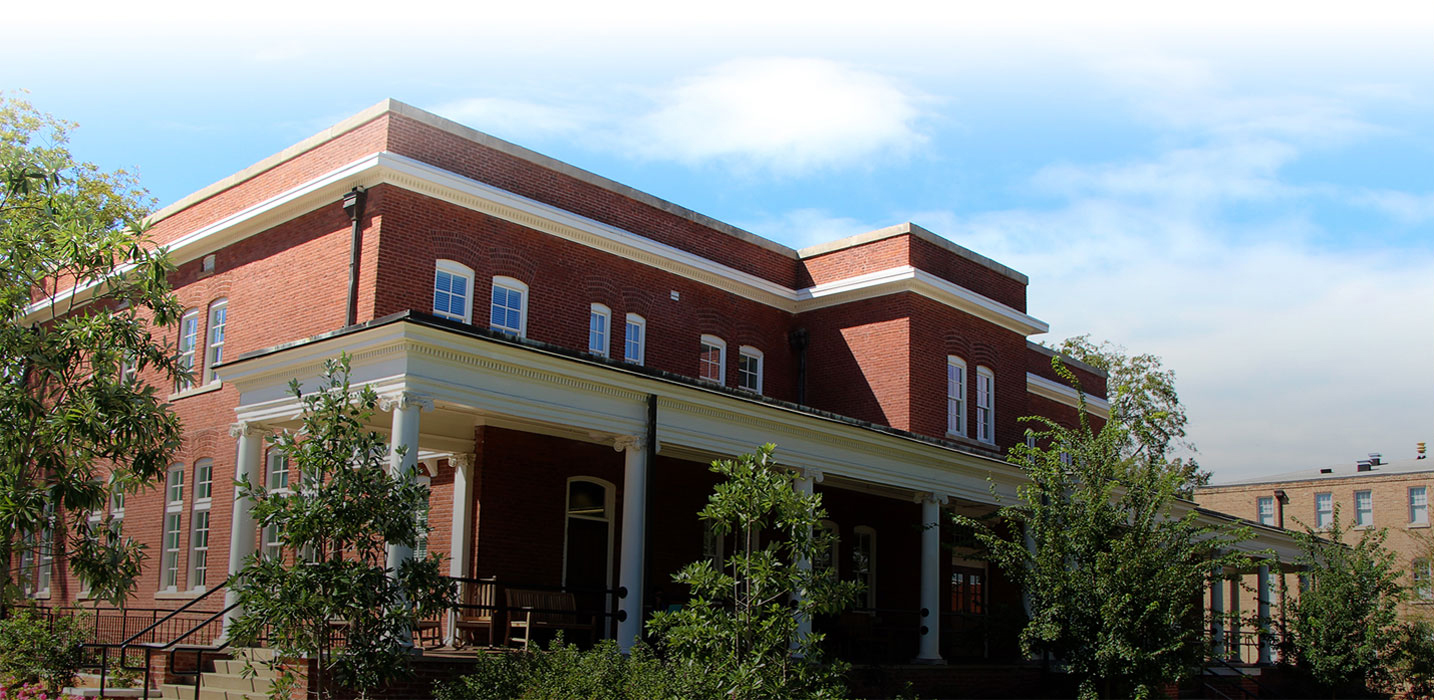On July 28, the J&J Chemical Co. in Northeastern Athens-Clarke County caught fire in the middle of the night. Firefighters contained the blaze with more than 740,000 gallons of water. Much of the water ran into nearby Trail Creek, carrying chemicals like formaldehyde, dichlorobenzene, methanol and glutaraldehyde into the creek and eventually into the North Oconee River.
One month after the fire, there is good news, and there is bad news.
The good news is that the Oconee River and the greater Altamaha River watershed seem to be safe. The chemicals are all fairly simple, meaning that once diluted and exposed to enough microbes, they will break down readily. This is good news for downstream communities that need water, for Georgians who use the Oconee and Altamaha for recreation, and for the wildlife that is dependent on healthy rivers and ecosystems.
It’s clear our local officials have learned some lessons about responding to these situations, and that Georgia’s Environmental Protection Division now can make a strong case to legislators for greater funding support for its emergency response program, which is designed to assist in situations like these.
The bad news is that we have a dead creek in Athens-Clarke County today, and may have a barren creek for years to come. Based on our testing, it appears the spill not only made the creek impossibly toxic for all visible life forms, but that unless the contaminated water is fully treated to remove the contaminants or diluted to very small concentrations – between 1 percent and 5 percent of the total volume of water in the creek – that life cannot return. Since chemicals continue to leach from soil around the J&J site into the creek during rains, and are also being “stored” in an upstream wetland off Olympic Drive, this is problematic.
But there may be another shoe to drop. Chemicals such as glutaraldehyde have antimicrobial action. Neither the EPD, Athens-Clarke County nor any advocacy organization has yet confirmed whether other antimicrobial agents, such as those similar to antimicrobial soap used for hand washing, also were part of the spill.
Antimicrobials don’t just kill germs; they kill both good and bad microbes. In a river or creek system like Trail Creek, it is the microbes that actually break down harmful chemicals, reducing toxicity naturally and allowing life to return to the watershed. It is the combined action of dilution, plus these microbes in large quantities, that are continuously preventing toxicity in the Oconee River. So, while J&J Chemical and its contractor pursue remediation and removal of the known chemicals with carbon filters, the more important issue may be replacing the microbes in the creek, which are the fundamental building blocks of a healthy watershed.
My class will be testing the water for toxicity in the months ahead, supporting efforts of the Altamaha Riverkeeper and others. Ongoing filtering, coupled with consistent testing and execution of an approved remediation plan, will be the key to restoring life to Trail Creek, and also will be critical for residents and citizens who hope to be able to enjoy the waters of Trail Creek again.
As for when life will return to the creek, only time will tell. Mother Nature often is more resilient than we give her credit for, but the J&J cocktail may prove difficult for her to digest indeed.
• Marsha Black is an associate professor in the environmental health science department of the University of Georgia College of Public Health.
Originally published in the Athens Banner-Herald.
Posted August 31, 2010.






